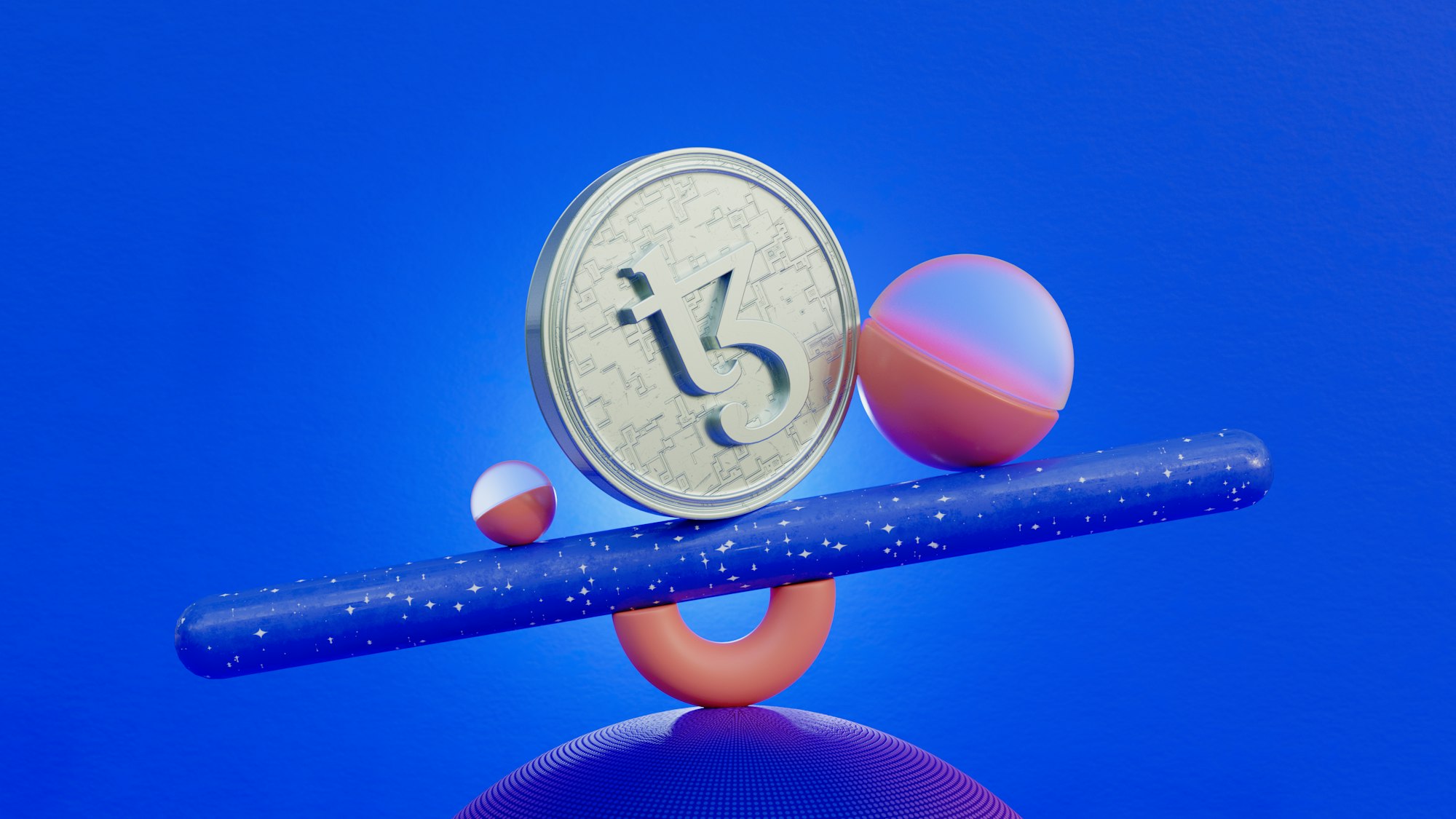The Digital Renaissance: How NFTs Are Shaping the Future of Art and Ownership

In recent years, the art world has witnessed a digital renaissance, sparked by the emergence of Non-Fungible Tokens (NFTs). These digital assets, built on blockchain technology, have not only revolutionized the way we think about art in the digital age but also redefined concepts of ownership, authenticity, and value. As we delve into the impact of NFTs on the art ecosystem, it becomes clear that this innovation is not merely a trend but a transformative force reshaping the landscape of art, culture, and commerce.
The Essence of NFTs in Art
At its core, an NFT is a digital certificate of ownership and uniqueness for a specific asset, secured by blockchain technology. This technology allows for the creation, sale, and collection of digital art in a way that was previously impossible, providing a solution to the problem of replicability that has long plagued digital creators. By offering a means to authenticate and monetize digital art, NFTs have opened up new avenues for artists and collectors alike.
Transforming the Art Market
The advent of NFTs has led to a seismic shift in the art market. Traditional barriers to entry, such as the need for gallery representation or access to physical exhibition spaces, have been dismantled, allowing a more diverse group of artists to enter the market. This democratization has led to an explosion of creativity and innovation, with digital artists exploring new mediums, themes, and techniques.
For collectors, NFTs offer a unique opportunity to own original digital works, complete with proof of provenance and authenticity. This has attracted a new wave of art enthusiasts, many of whom are drawn to the intersection of art and technology. As a result, the market for digital art has seen unprecedented growth, with record-breaking sales capturing headlines around the world.
Cultural Impact and Controversies
The rise of NFTs has sparked a broader conversation about the nature of art and ownership in the digital age. For many, NFTs represent a new form of cultural currency, enabling the collection and appreciation of digital art on par with traditional art forms. This shift challenges long-held perceptions about the value of digital versus physical artworks, prompting a reevaluation of what it means to own and appreciate art.
However, the NFT phenomenon has not been without controversy. Critics have raised concerns about the environmental impact of blockchain technology, which requires significant energy consumption for the creation and transaction of NFTs. Additionally, the volatility of the NFT market has led to speculation about its sustainability, with some questioning the long-term value of digital assets.
The Future of Art and NFTs
As we look to the future, the role of NFTs in the art world continues to evolve. Beyond simply serving as a means to buy and sell digital art, NFTs are expanding into new domains, including virtual and augmented reality, interactive experiences, and multimedia projects. This broadening scope suggests that NFTs could redefine not just the economics of art but its very essence, opening up new possibilities for creation, exhibition, and engagement.
Moreover, the ongoing dialogue around NFTs—encompassing ethical, environmental, and economic considerations—highlights the need for innovation and regulation. As the technology matures, solutions to current challenges, such as more energy-efficient blockchain models and clearer legal frameworks for digital ownership, may emerge, ensuring that the digital renaissance spurred by NFTs continues to flourish.
Conclusion
NFTs have undeniably transformed the art world, catalyzing a digital renaissance that has redefined artistic creation, ownership, and value. By bridging the gap between technology and creativity, NFTs have unlocked new possibilities for artists and collectors, fostering a vibrant ecosystem of digital art. As we navigate this evolving landscape, the impact of NFTs on culture, commerce, and art itself promises to be both profound and enduring.
This exploration of the role of NFTs in shaping the future of art and ownership underscores the complex interplay between technology, creativity, and market dynamics. As the art world continues to adapt to this digital revolution, the journey of NFTs—from niche curiosity to cultural phenomenon—offers a fascinating glimpse into the future of creative expression in the digital age.
